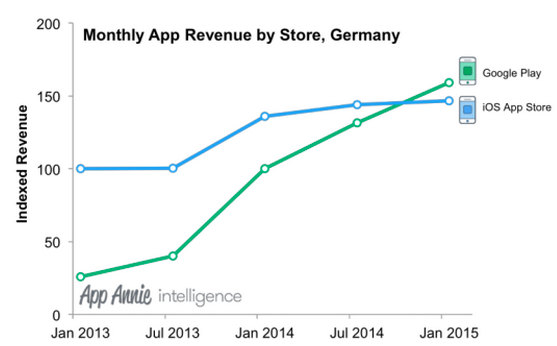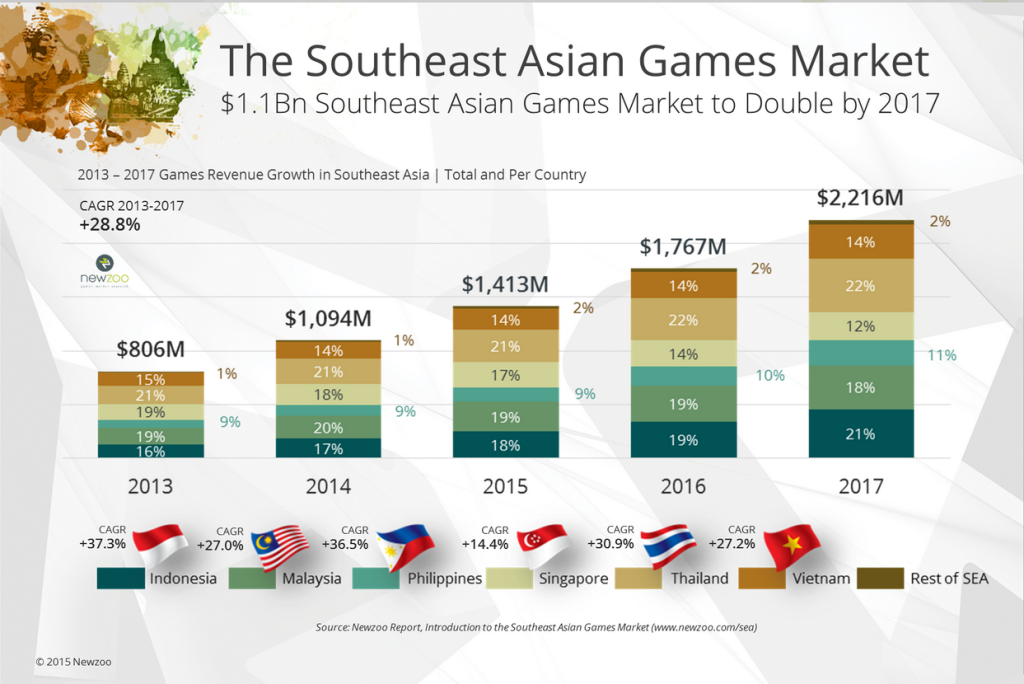CPI, CPM, Fill Rates, SDK…Interstitials…#*&$!
There are acronyms that everybody is fluent in and uses every day, even in business contexts, like TBC (To be confirmed/continued), ASAP (as soon as possible), TTYL (talk to you later) and other more casual (or, useful) acronyms like OMG, LOL, BTW and TGIF. And then there are acronyms used in the mobile advertising world that confuse and make lives difficult for everybody, and the fact that new ones keep cropping up all the time just isn’t helping.
“Since we run on a CPI basis, the CPM is just for your reference, but if you update to our latest SDK in all your freemium apps, our new algorithm will better optimize your impressions and with our high fill rates, your ROI will definitely improve.”
If you’re thinking “is this person speaking in English?” - trust me, you’re not alone. We’ve all been there. We know how painfully annoying it is to figure out what each of those acronyms really mean and that’s why we’re here to help you get through the mayhem and become fluent in mobile marketing geek speak.
Advertiser – the person or company that advertise their apps in other apps
API – Application Programming Interface. Specifies how software components should interact with each other
Campaign – details which types of ads to show over a period, budget and target market
CPC – Cost Per Click. A pricing model in which advertisers pay a certain amount each time the user clicks on their ads
CPI – Cost Per Install. A pricing model in which advertisers pay a certain amount each time their advertised app is installed (downloaded and opened the app)
CPM – Cost Per Mile. Mile ‘thousand’ in Latin. CPM is a pricing model in which advertisers pay a certain amount for every 1000 views of their ads
CTR – Click Through Rate. The percentage of people clicking on the ad. (Number of clicks on an ad divided by the impressions)
CPA – Cost Per Action. A pricing model in which advertisers pay a certain amount each time a user performs a specific action (like reach a certain level in the advertised app)
Fill Rate – how many ads are delivered compared to how many ads are requested. The higher the fill rate, the more ads that are shown
Freemium app – A freemium app is free to install and use but have locked features that require users to pay to use
F2P game – Free 2 Play game. A game that is free to install and play but offer in-app purchases for virtual goods, features and upgrades
Impression – A view or an appearance of an ad on a mobile device
Interstitial – a full-screen ad
IAP – in-app purchases
Non-incentivised traffic – no reward given to the user for clicking on the ad or installing the advertised app
Publisher – developer who shows ads within their apps
SDK – Software Development Kit. A piece of code that permits developers to smoothly integrate ads into their app
OK, now that you’re fluent in mobile marketing geek speak, you’re ready to venture into the exhilarating and highly rewarding world of mobile advertising!


 Be mindful also of where you place your first ad. From our experience, we know that 75% (or more) of the advertisers app installs are made by the first 3 ads shown. Our algorithm also ensures that the ads that are shown first are the ads with the closest match to your app, so that the chances of generating an install are highest.
Be mindful also of where you place your first ad. From our experience, we know that 75% (or more) of the advertisers app installs are made by the first 3 ads shown. Our algorithm also ensures that the ads that are shown first are the ads with the closest match to your app, so that the chances of generating an install are highest.